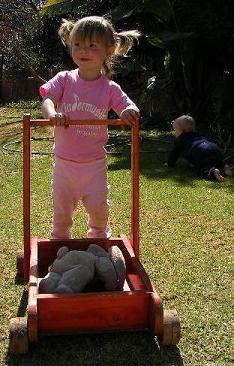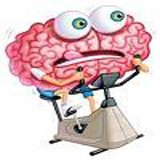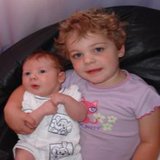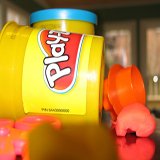Music Therapy Activity
Activities to do with your Child if you Would Like to use Music more Effectively at Home.
Music Therapy Activity

What is Music Therapy Activity?
Music therapy involves the use of music and music related activities to rectify ineffective learning patterns. It is also used to promote physical, psychological, cognitive and social growth. Music therapy activity is a creative, flexible and sometimes spontaneous means of using the appeal of music to help children.
Music Therapy Described
Music therapy sessions are not like normal music lessons where the focus is on mastering a specific musical instrument. Instead, music therapy is an activity dominated by the child where the therapist improvises music in response to the childs musical playing, singing, movements, breathing pattern or mood.
Music Activities
Children are given plenty of time to initiate or respond to the music. This gives the child the experience of being heard and accepted. Thus, music activities for kids is used as a way of exploring communication and emotions.
Singing, playing instruments, moving to music, listening to music and creating with music are all activities that can be included in a childs musical experience. Any style of music or instrumentation may be used depending on the preferences and needs of the child. The goals and objectives chosen for music therapy are very specific and may include things like attention span, self-esteem, listening skills, turn taking, nonverbal communication and self expression.
10 Steps in Music Therapy Activity to do With your Child
- Sing and don't be critical of how you sound! Your baby or toddler will respond to the music and your enthusiasm, not whether or not you have perfect pitch.
- Move with the music. Clap, stamp, blink, wave, wiggle or tap. Use any actions you both can do. It will be fun for your child to watch.
- Play instruments or toys to music. Start and stop with the music at certain intervals. Take turns. Play together.
- You should be your childs role model. You cant expect your child to sing or move if you wont do it. Be excited.
- Listen to the music. Choose different styles of music, for instance: Classical, Country, Rock, Vocal, Jazz, Bluegrass, Opera and Instrumental.
- Exaggerate what you do to encourage imitation. This includes facial expressions, body movements, vocal expression and oral movements.
- Remember to praise participation at any level. This will encourage your child and gives them a feeling of accomplishment.
- Do not over stimulate your child with music. Be aware of how much time your child is exposed to music and sounds, including radio and television. Getting too much sensorial stimulation decreases the benefits of music.
- Get rid of distractions like TV, toys, outside noise and interruptions when doing musical activities with your child. This will dedicate your childs attention on the activities.
- Have fun! Music is a natural teacher so keep this special time enjoyable for everyone.
In some countries, music is provided as a part of special education programs or is available through government funded agencies. Whichever way you look at it, music therapy activity positively affects the lives of our children.
Find It!
Can't remember where you read something specific? Just type in your search term in the box below and your specific topic will be returned to you instantly.









